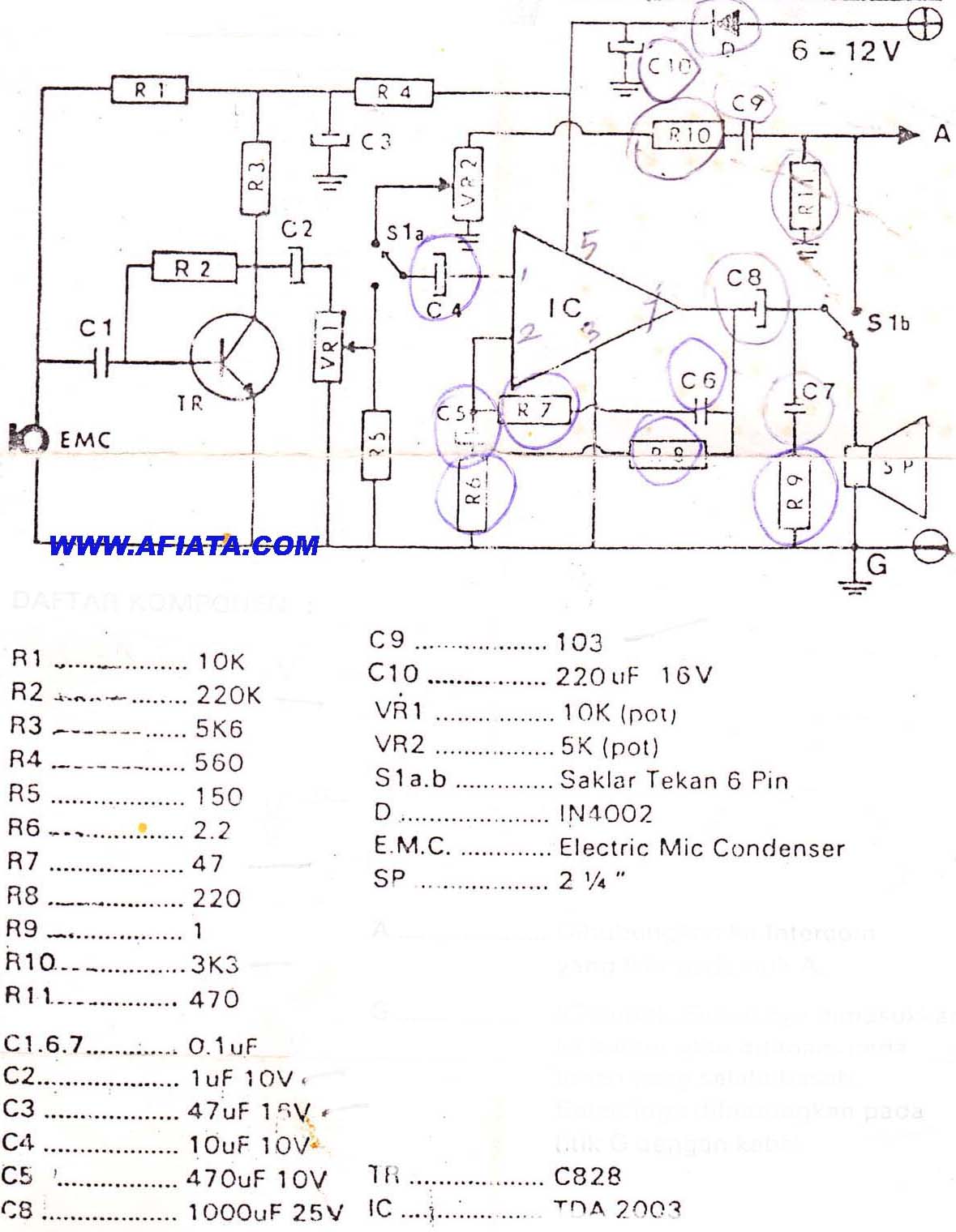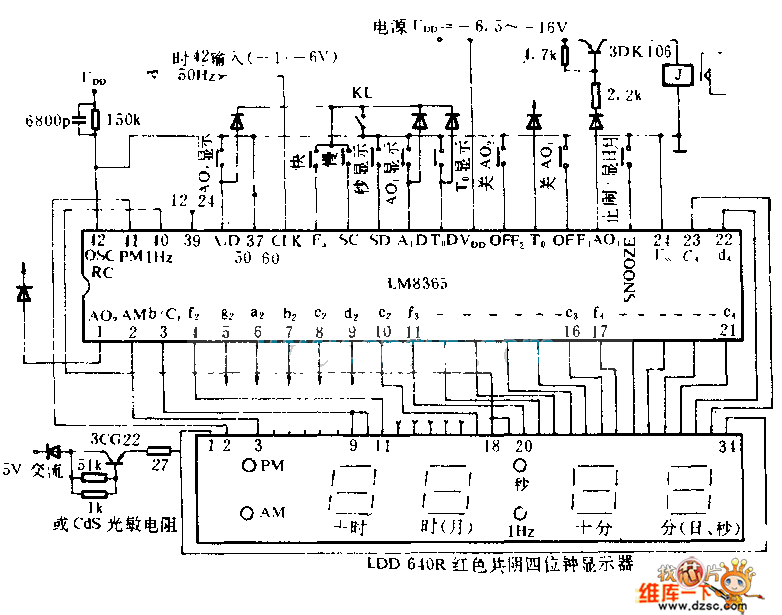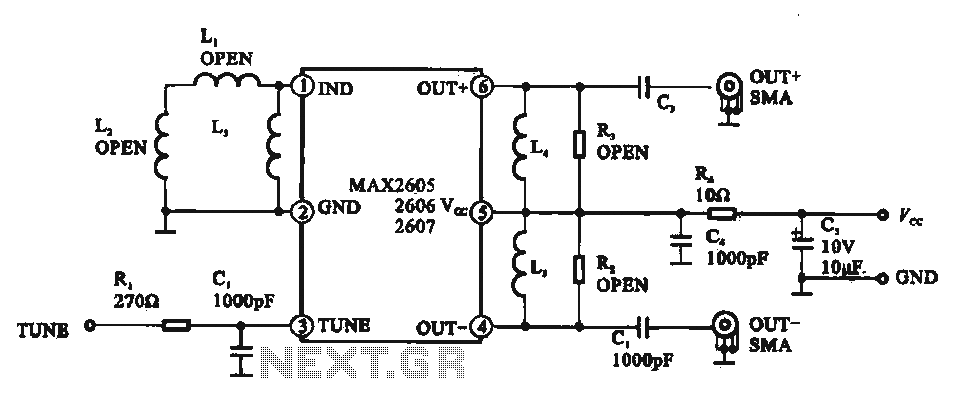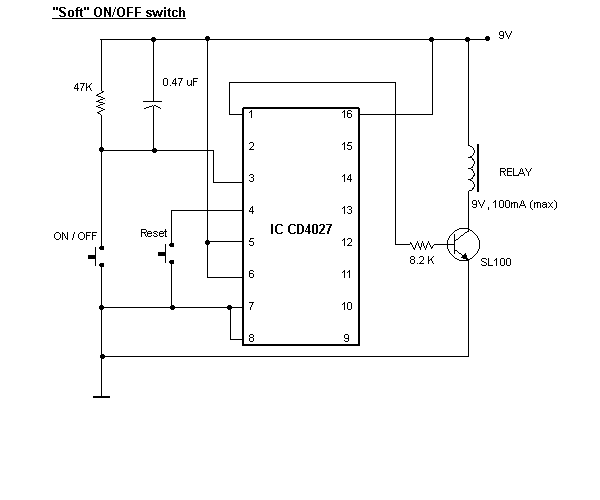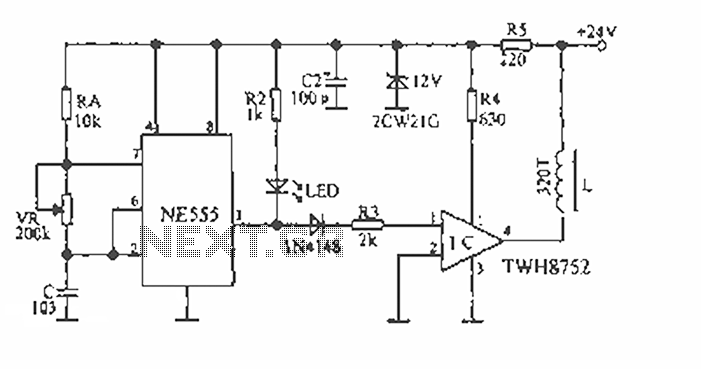
24 Second Countdown Timer Circuit
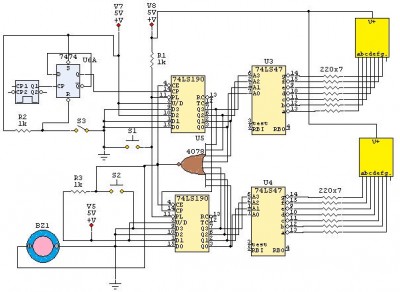
This is a 24-second countdown timer circuit designed for automatic control of electronic loads. The timer circuit utilizes fast 74LS Schottky integrated circuits (ICs). A 24-second countdown begins when switch S3 is off and switch S2 is pressed. Switch S3 is utilized to start or pause the countdown. When the countdown reaches zero, switch S2 resets the countdown from 99 to 00. To restart the countdown to 24 seconds, switch S1 is pressed. Below is a schematic for the 24-second countdown timer circuit.
The 24-second countdown timer circuit operates using a combination of logic gates and flip-flops integrated into the 74LS series of Schottky ICs, which are known for their fast switching speeds and low power consumption. The circuit is initiated by pressing switch S2, which sets the timer to its initial state. When switch S3 is toggled to the off position, the countdown sequence begins, decrementing the timer value at regular intervals until it reaches zero.
At the heart of the timer circuit is a binary counter, which counts down from a preset value. The output of the counter is connected to a display or an indicator that shows the remaining time. The switch S2 serves a dual purpose: it not only resets the counter when the countdown reaches zero but also allows the user to restart the countdown process by pressing switch S1.
The design ensures that the timer can be paused and resumed by utilizing the state of switch S3. When S3 is pressed, the countdown halts, allowing for temporary interruptions without losing the current timer value. This flexibility makes the circuit suitable for various applications, such as controlling lights, motors, or other electronic devices that require precise timing for operation.
In conclusion, the 24-second countdown timer circuit is a practical solution for automated electronic load control, leveraging the speed and efficiency of 74LS Schottky ICs to provide reliable timing functions in a compact design.Here is countdowntimer24 second circuit. Thistimercircuit build for automatis on or off electronic load. Thetimercircuits uses fast 74LS schottky IC`s. A 24 second countdown starts when S3 is off and S2 is pressed. Switch S3 is used to start/pause the countdown. S2 resets the countdown (99 to 00) when the countdown reach 00. To restart the countdo wn to 24 Seconds S1 is pressed. Here is a schematic 24 second countdown timer circuit : 🔗 External reference
The 24-second countdown timer circuit operates using a combination of logic gates and flip-flops integrated into the 74LS series of Schottky ICs, which are known for their fast switching speeds and low power consumption. The circuit is initiated by pressing switch S2, which sets the timer to its initial state. When switch S3 is toggled to the off position, the countdown sequence begins, decrementing the timer value at regular intervals until it reaches zero.
At the heart of the timer circuit is a binary counter, which counts down from a preset value. The output of the counter is connected to a display or an indicator that shows the remaining time. The switch S2 serves a dual purpose: it not only resets the counter when the countdown reaches zero but also allows the user to restart the countdown process by pressing switch S1.
The design ensures that the timer can be paused and resumed by utilizing the state of switch S3. When S3 is pressed, the countdown halts, allowing for temporary interruptions without losing the current timer value. This flexibility makes the circuit suitable for various applications, such as controlling lights, motors, or other electronic devices that require precise timing for operation.
In conclusion, the 24-second countdown timer circuit is a practical solution for automated electronic load control, leveraging the speed and efficiency of 74LS Schottky ICs to provide reliable timing functions in a compact design.Here is countdowntimer24 second circuit. Thistimercircuit build for automatis on or off electronic load. Thetimercircuits uses fast 74LS schottky IC`s. A 24 second countdown starts when S3 is off and S2 is pressed. Switch S3 is used to start/pause the countdown. S2 resets the countdown (99 to 00) when the countdown reach 00. To restart the countdo wn to 24 Seconds S1 is pressed. Here is a schematic 24 second countdown timer circuit : 🔗 External reference
